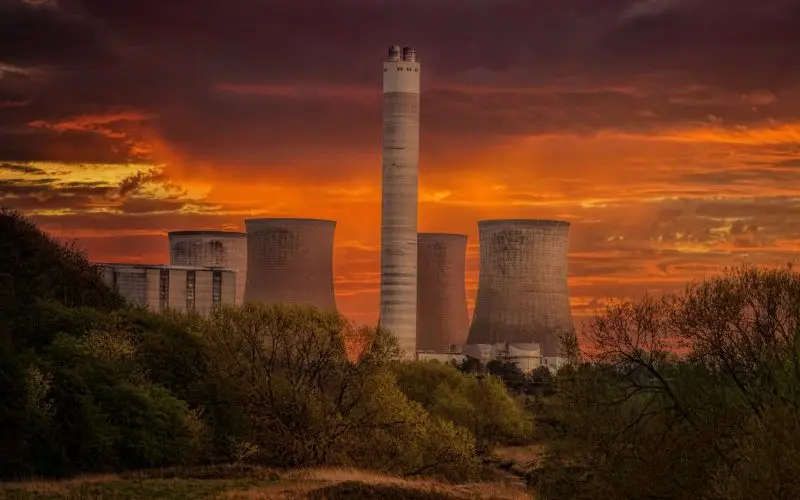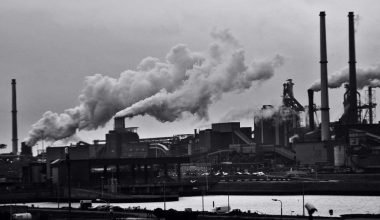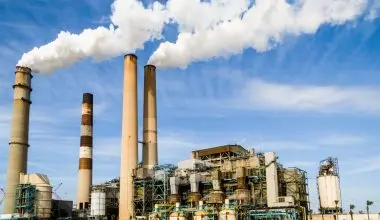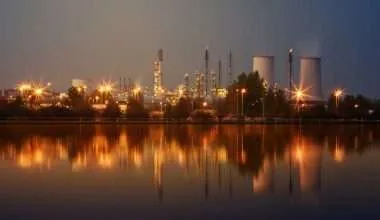Table of Contents Show
The world is facing many environmental problems today, one of those is pollution. Pollution is affecting the whole world and is a widespread problem. Pollution has a few types based on where it occurs such as; Air, Land and Water pollution. There are many sources of pollution including commercial, transportation and industry sectors.
Pollution can be seen commonly, but a major part of pollution is actually invisible to the naked eye. It’s not only humans and animals that are affected by it, but it also has a negative effect on plants as well. Some of the negative effects of pollution on plants are;
- Slower growth,
- Leaf damage,
- Root damage
- Inability to photosynthesize
Effects of Air Pollution on Plants
There are many sources of air pollution such as car exhausts, smoke from a factory, or release of gases from paint or plastic production. All kinds of plants; ranging from our food crops to millions of tree species can be damaged due to air pollution.
Carbon, sulfur, and nitrogen oxides are the some of the major atmospheric gases responsible for this kind of air pollution.
The damage to plants can be seen in many ways. The visible signs of damage to plants due to air pollution are:
- Necrotic lesions
- Changes in color including mottling, bronzing, reddening and chlorosis
- Stunted plant growth.
The holes created in the atmospheric ozone layer due to pollution are also harming the plants. Excess ultraviolet light passing through these holes in the upper atmosphere damages the plants like changing their form, timing of developmental phases (delayed) and changing the nutrient distribution inside the plants.
The lower atmosphere is also affected as the ozone molecule damages the plants by preventing the process of photosynthesis and obstructing stomata which restricts respiration and causes stunting of growth in plants. The ground-level ozone molecule is formed on the ground-level by a reaction between Nitrogen Oxides and Volatile Organic Compounds. Ground-level ozone is a major air pollutant. The ozone injury to plants can be exacerbated by presence of other air pollutants, plant disease, soil moisture or other environmental stressors.
Effects of Land or Soil Pollution on Plants
Land pollution is caused by landfills, pesticides, illegal dumping, and improper waste disposal or from sources like oil spills.
The chemical from these sources harm the soil as they seep into the soil and strip all the nutrients from it. The soil is filled by chemicals and metals that damages the plant cells and keeps them from growing and obtaining nutrients. Other than that, the toxic substances stored in the soil damages the plants by its toxicity potential. It also affects the crop yields and changes the metabolism of the plant.
Other than that, land pollution can act as a mechanical barrier of sunlight for plants. This will result in reduced or no photosynthesis leading to significant impact on plant growth.
Water Pollution Effects on Plants
There are many ways in which water pollution occurs, such as industrial spills, sewage leakage or direct discharge into water bodies, biological contamination, and from farm runoff.
There are many negative effects on plants by pollution and containment of water. The water sometimes contains excess nutrients which causes the excess growth of plants. Other times there are excess nutrients in the water which causes water acidity and damages the plants.
As you may know well, Water and Sunlight are the main inputs our plants need. If a plant is denied one of the two; it will not survive long. Water pollution changes the water available to plants in such a way that it doesn’t stay in use for them.
Effects of Acid Rain on Plants
Acid rain is one of the harmful pollutants that damage the plants. The water from the atmosphere is combined with sulfur dioxide and nitrogen oxides suspended in the air, which causes acid rain.
It damages the soil, water and plants as it reaches the earth’s surface. The plants get seriously injured when they are directly exposed to the acid rain. In damaging the plants, leaves are affected the most by acid rain and this makes the process of photosynthesis difficult for the plants and trees. It also alters the mechanism of exchange of gasses.
The quality of the soil is also affected by the acid rain. The soil is polluted with acid rain dissolving into the groundwater and the nutrients and minerals are washed away from the soil on which the plants rely. This way acid rain damages the plants indirectly.
It is very important to remember and understand that everything in nature is dependent upon each other and is interconnected. All kind soil pollution harms the environment and the plant life.
As the plants get weak, it is more likely that they would be more susceptible to diseases and insect infestation. Even the crops on which we rely for food are exposed to such conditions. Animals and humans which eat these plants face health problems. Therefore, pollution damages the planet as a whole.
We should work together to prevent pollution and to save our planet.






